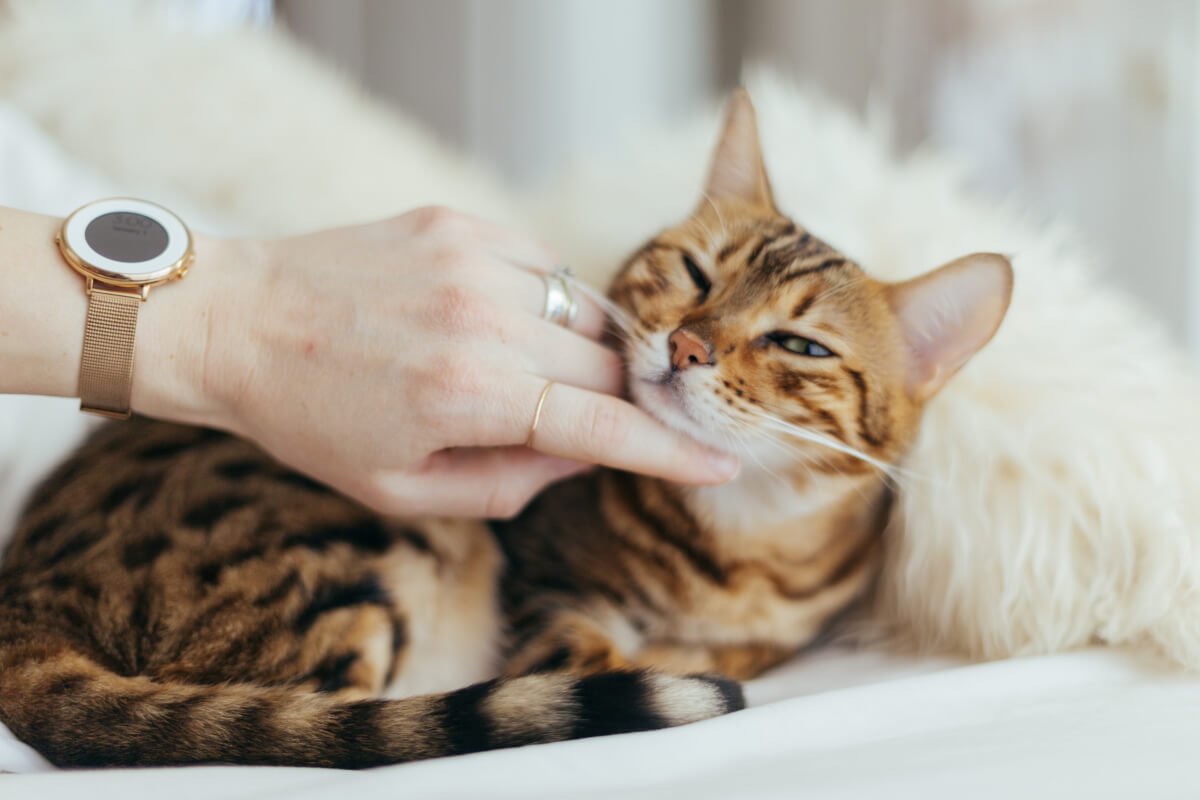For many people, the family pet is seen as a vital member of the family. While many families have a first aid kit, most people are not prepared when a calamity befalls their beloved pets. Having the right supplies on hand can reduce your pet’s pain and discomfort, and potentially save their life. Being prepared with an emergency first aid kit is one of the best things you can do for your pet.
How should you go about putting together a first aid kit for your pet? First, choose a container especially for your first aid supplies. The container should be water resistant and durable, with a secure closure. Label it clearly and keep it in a cool, dark location, where it is within easy reach, yet out of the reach of small children and pets.
Here are some recommended items to keep in your pet first aid kit.
1. Bandages, such as gauze pads, cotton gauze, ace bandages, and adhesive tape. Nonstick Telfa pads are a good choice because they are sterile and come in convenient individually wrapped packages. If your pet receives injuries that result in open wounds, Telfa pads are a good choice. Don’t forget the adhesive tape. Pets will often try to remove bandages or gauze pads, so you will want to secure the bandages in place with tape. Vet-wrap is a good choice, although in the case of an emergency, masking tape will work if these are not available.
2. Keep a bottle of hydrogen peroxide and anti-bacterial ointment cream in your pet first aid kit. A topical antibiotic ointment such as Neosporin will work. Pets often suffer from scrapes and open wounds. Having a tube of anti-bacterial ointment can help prevent infection. Also, many anti-bacterial creams also contain mild pain relievers. The anti-bacterial ointment should be applied on clean open wounds. Anti-bacterial ointments prevent contamination, and help seal wounds so that they are not exposed to air or further abrasion.
3. A bottle of eyewash or eye drops. Many pet emergencies have to do with eye injuries. Make sure to have a bottle of eyewash in order to spray away debris or dirt particles that may exacerbate eye injuries.
4. A rectal or ear thermometer. A good thermometer can help you gauge the seriousness of your pet’s injury.
5. Pain reliever. Dogs and cats should not be administered ibuprofen. They can be given very small dosages of aspirin.
6. Activated charcoal. Giving your pet natural activated charcoal may help prevent poisoning. If your pet is suffering from stomach or intestinal discomfort, activated charcoal also helps control diarrhea and flatulence.
7. Keep a pair of scissors, tweezers, and forceps in your first aid kit. Preferably, the scissors should have a blunt end. These are best for cutting bandages, fabric, or matted hair.
8. A blanket, to keep your pet warm and comfortable, and to help prevent shock.
9. A list of important phone numbers. Included on the list should be: the number of your veterinarian, a poison control hotline, and the number of the nearest emergency veterinary clinic.
10. A first aid book that describes how to administer CPR to your pet and which outlines procedures for a number of emergency scenarios.






